Estados Unidos / 26 de octubre de 2016 / Fuente: http://source.colostate.edu/
Two CSU students recently applied what they’ve learned in the classroom to a diverse rural school district where they helped boost multicultural awareness among teachers.
The students and a CSU faculty member recently facilitated a workshop on diversity that had a deep impact in the Morgan County School District.
The professional development session continued the collaboration between CSU and the town of Fort Morgan, a highly multicultural community on Colorado’s Eastern Plains that is home to Latinos, whites and East Africans. The latter, some of whom have refugee status and work at the local Cargill meat-processing plant, were the target of bias-motivated incidents in early 2014.
An ongoing effort
CSU Associate Professor Eric Ishiwata and his students in the Department of Ethnic Studies have been helping town, school and Cargill officials address community relations over the past couple of years. They have helped organize community forums and music festivals to support educational and community-building efforts. Their outreach has included running a workshop on communication, bullying and interpersonal relations for high school students in December, as well as hosting a visit to the CSU campus for Fort Morgan high schoolers in April.
On Aug. 24, about 180 teachers at Fort Morgan High School attended a panel discussion about differences among the cultures within the student body. Two of Ishiwata’s students were part of the panel: Omar Sanchez, a senior ethnic studies major, and Namuyaba Temanju, a master’s student in ethnic studies whose research focuses on the health and overall well-being of female Somali refugees.
“Omar and Namuyaba were both very valuable because they are able to give us a different perspective on how we interpret situations here in the United States,” said Taylor Jordan, who teaches English as a Second Language at FMHS. “As educators, it is very important for us to listen to our students because, after all, they are the reason we are here. The perspective Omar and Namuyaba offer is very unique, and we are lucky to have such positive, motivated leaders as representatives in our community.”
The workshop
During the two-hour question-and-answer session, teachers submitted their questions anonymously on index cards. Sanchez discussed his own family’s experience of moving to the U.S. from Mexico — and having to translate for his mother and father during parent-teacher conferences. Namuyaba, a Kenyan who speaks Swahili and whose mother worked with Somali refugees, discussed her own knowledge of East African cultures. They may have learned as much as the participants.
Ishiwata, left, meets with his team of students before a 2015 meeting in Fort Morgan. Photo by Rachael Johnson
“It was very educational and a valuable experience,” Sanchez said. “It showed that a community like Fort Morgan, one of the most diverse in the state, is trying to welcome different ethnicities.”
“It was something that was long overdue,” Temanju said of the workshop. “They asked questions about religious customs, like head scarves and fasting.”
Other topics included the educational background of foreign-born parents, gestures that might be unintentionally offensive, communicating with parents who have limited English skills and addressing domestic issues while being culturally respectful.
“They were willing to ask questions, even if they weren’t appropriate at times,” Sanchez said, adding that he hopes the school district’s proactive approach serves as a model for the rest of Fort Morgan. “If the teachers are willing to try, then the whole community is more likely to make the transition too. I hope the entire town sees that and tries to change as well.”
Setting the stage
Ishiwata began with a short presentation about his research regarding foreign-born workers, explaining that the term diversity is broad and needs to take into account race/ethnicity, class, gender, religion, sexuality and ability.
He also presented some demographic information: In 1990, 83 percent of the town was white and 21 percent was Latino. By 2010, it was 50 percent white and 43 percent Latino. In 2010, about 18 percent of the population was foreign-born and about 36 percent of K-12 students came from non-English-speaking households. Twenty nationalities and 27 languages are currently represented in the community.
Ishiwata described the panel of speakers he gathered as a “dream team” that included representatives of One Colorado, The Colorado Trust, Colorado Refugee Services Program, Sexual Assault Response Advocates, Kids at their Best, the Fort Collins Islamic Center, OneMorgan County as well as the school district’s homelessness liaison and special education director.
‘Invaluable’
“The discussion that was brought together by Eric was invaluable to the community of Fort Morgan,” Jordan said. “He was able to bring in representatives from each different community that we serve here and start a conversation that hadn’t been started yet. People were able to ask questions and learn new information that they otherwise never would have had the chance to encounter.”
The effort is a prime example of one of the objectives in the university’s strategic plan: “CSU will engage with people and communities to solve problems, share knowledge, and support progress.”
“The session was so well-received,” said Rena Frasca, the school district’s assistant superintendent for curriculum and assessment, who invited Ishiwata to deliver the workshop. “It was an honest conversation, and people felt comfortable because it was anonymous and a safe space. A Latina teacher came up to me with tears in her eyes afterwards and said, ‘I want to tell you how meaningful this is for me.’”
Word of the diversity session has spread, and a nurse at a local hospital has asked Ishiwata to organize a similar presentation there.
‘Great real-life example’
“It was informative to learn more about how community-building works,” Sanchez said of the workshop. “And it was a great real-life example. Hearing it firsthand is a very different experience than learning about it in class.”
Elliott Johnston, who earned bachelor’s and master’s degrees in English at CSU, now teaches at Fort Morgan High School. He has worked with Ishiwata on a class project similar to “Humans of New York” called “FM Speaks,” featured on a Facebook page, that gave Johnston’s students the opportunity to tell personal stories that provide insight into the community.
“There is certainly a difference between a university discussion about ethnic studies and actually being in a rural town dealing with diversity,” Johnston said. “I think there are some real positive stories of harmony here, but there’s also a level of discomfort about addressing issues, actually talking about them. This workshop shows that the school district is valuing and dealing with a very key subject in Fort Morgan education. I’ve been very impressed with Eric and his students, and how eager and energized they are to be working with our community.”
Fuente noticia: http://source.colostate.edu/fort-morgan-teachers-benefit-csu-student-insight-diversity-workshop/
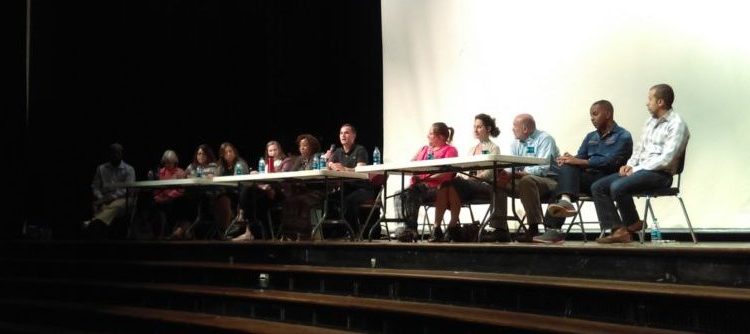
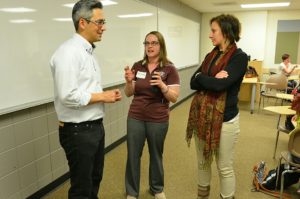
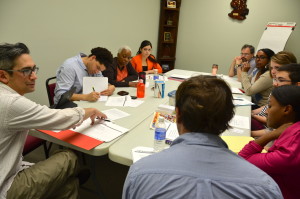
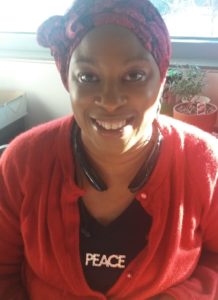




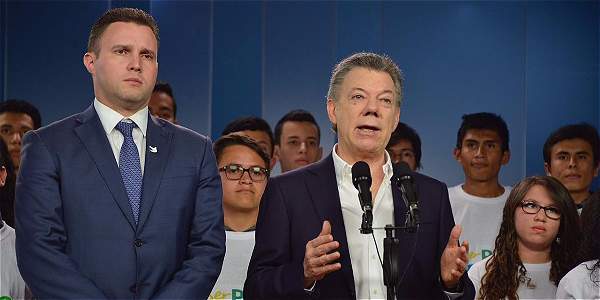







 Users Today : 34
Users Today : 34 Total Users : 35460417
Total Users : 35460417 Views Today : 67
Views Today : 67 Total views : 3419230
Total views : 3419230